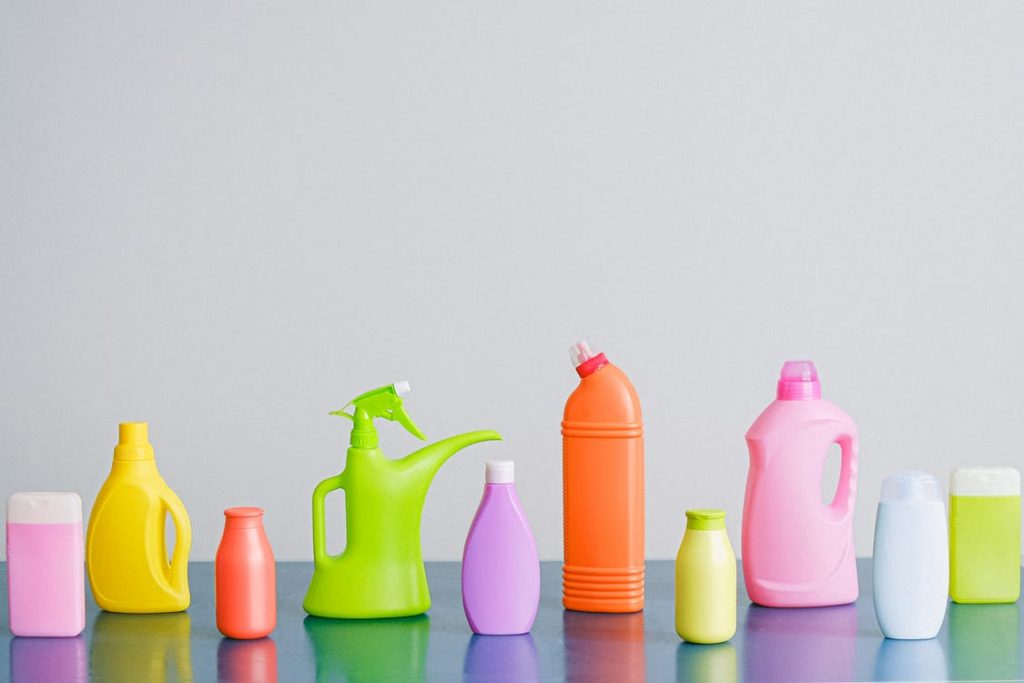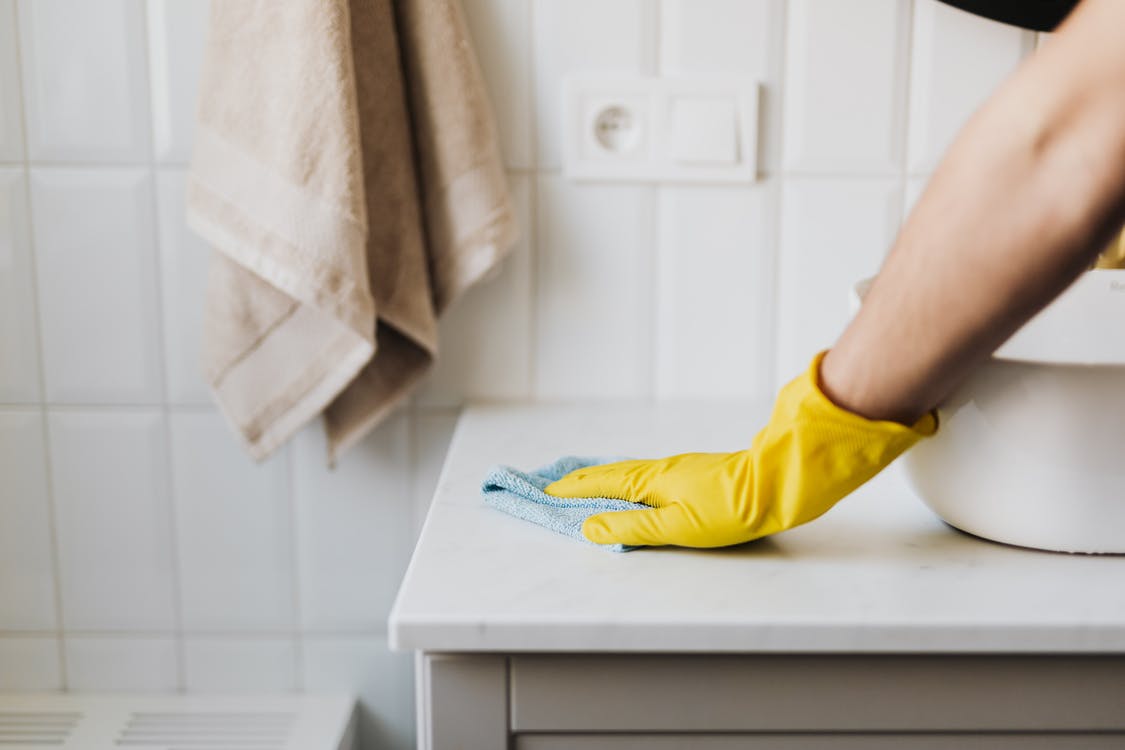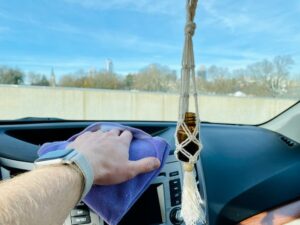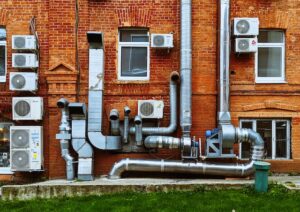TSP stands for trisodium phosphate, an ingredient in most cleaning products to help dissolve oils and grease to clean surfaces and keep them looking good effectively. For the most part, TSP works well, but there are some things you need to know before you can use it safely and effectively on your own when cleaning walls and floors. Continue reading below to learn more about what you should know before using TSP to clean your home or office space.
Uses
For every 2 cups of water, you need 1 tablespoon. The vinegar smell disappears quickly. You can use any vinegar, though apple cider has a lovely, mild scent that isn’t too strong. Use half-and-half white vinegar and water if you want something gentler on your surfaces but are worried about odour. Dilute stronger varieties of vinegar—like wine or apple cider—with an equal amount of water, so they don’t damage most surfaces. Many people choose not to use harsh chemicals in their homes, especially when cleaning Masonry.
Removing Mildew
Mildew can be found in many places, such as towels, sheets, and bathrooms. Mildew is a perfect breeding ground for bacteria and mold. This is why it’s so important to keep it at bay. Using TSP will remove mildew and help prevent mildew from growing back for a longer period of time. If your goal is to prevent mold from coming back, then using detergent will not work as well as using TSP on a weekly basis. It’s very easy to use, and there are no harmful chemicals involved in its production or usage. It’s safe for people of all ages and animals if they happen to walk through some spilled water that has been cleaned with detergent.
Chlorinated TSP
Chlorinated TSP is a widely used heavy-duty cleaner. Ingestion could lead to nausea, vomiting, diarrhoea, and stomach pain. It can also lead to yellowing of skin or eyes. Chlorinated trisodium phosphate is highly toxic if inhaled but only moderately toxic if absorbed through the skin. When the irritation lasts longer than 15 minutes, flush the eyes immediately with plenty of water and seek medical attention. Chlorinated Trisodium Phosphate causes burns if it comes into contact with skin, eyes, or mucous membranes and may cause sensitization by prolonged contact.

Cleaning Walls
There are two different techniques for cleaning walls. One way is to apply some water mixed with cleaner onto a damp cloth or sponge and then wipe off any dirt, grime, or stains on your wall. The other way is using a wet cloth or sponge that has not been mixed with the cleaner to wipe off any dirt, grime, or stains on your wall. You can then go over it again using a dry clean rag or towel as needed. (Note: Please test in an inconspicuous spot first as residue may still be left behind.)
Cleaning Masonry
Before using Masonry Cleaner or another stone-specific product, always test a small area of your masonry surface. If staining occurs, try a different product and different application techniques. Even if testing shows no discoloration, be sure to protect surrounding surfaces and objects by covering them with plastic sheets and tape or foil. Stone is porous and can stain other characters that it touches. Also, be sure that you thoroughly rinse all solutions from stones’ rough edges and do not allow any excess moisture to remain on unpolished areas. These precautionary measures will help prolong your stained surfaces’ longevity and save you costly repairs in the future (particularly important if using acid products such as Masonry Cleaner).
Flux
The type of flux used will depend on which substrate is being soldered. If your circuit board is made of lead-free solder, do not use traditional rosin core flux because it contains arsenic which is toxic. You can pick up some SMD flux or no-clean flux at Mouser Electronics for between $5 and $15.




